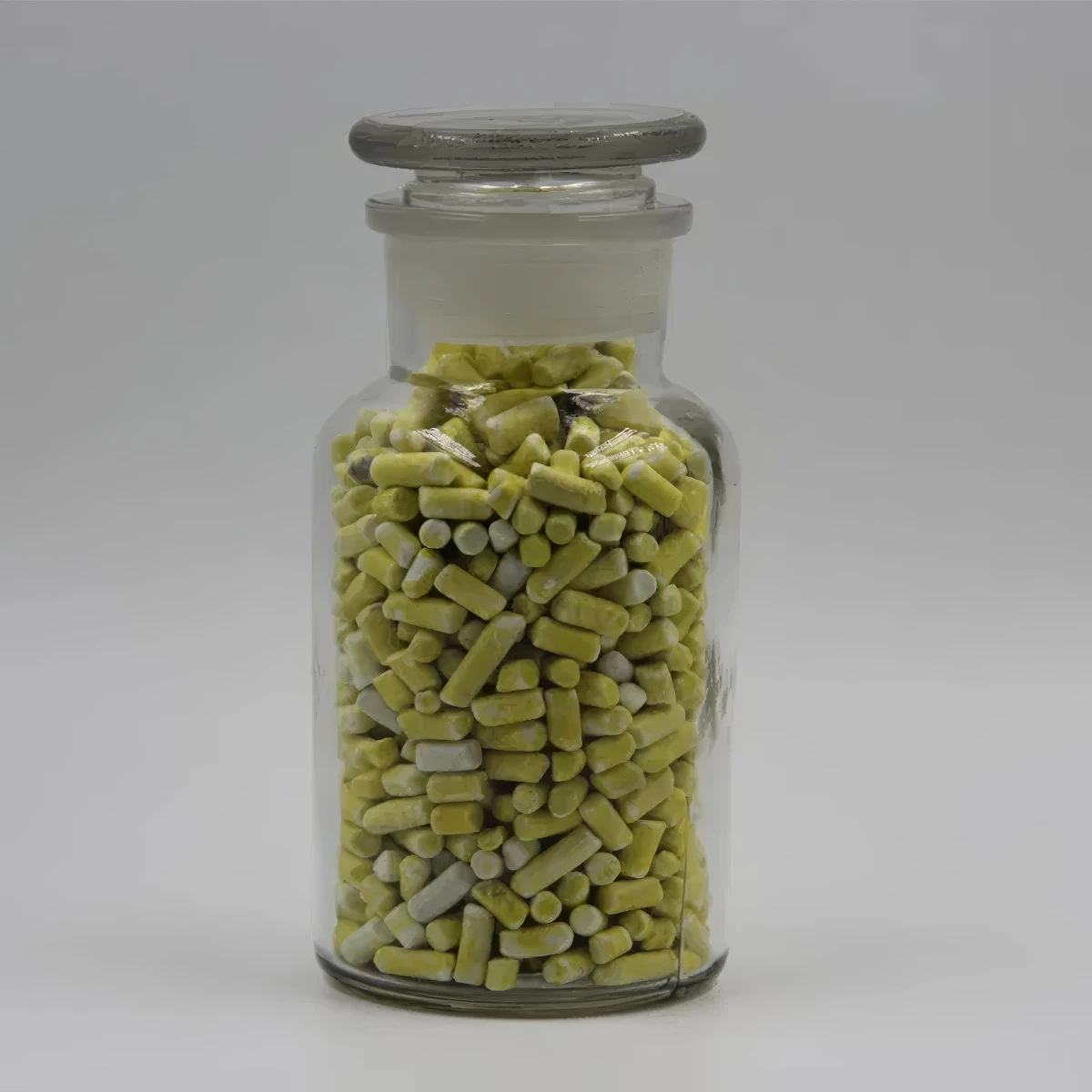



Safety Data Sheet for PAM Polyacrylamide Chemical Properties and Handling Guidelines
Pam Polyacrylamide An Overview of Its Safety Data Sheet (MSDS)
Polyacrylamide (PAM) is a versatile polymer widely used in various industrial applications, including water treatment, agriculture, and oil recovery. Given its extensive application, understanding the safety concerns associated with PAM is essential. This article aims to provide an overview of the Material Safety Data Sheet (MSDS) pertinent to PAM, highlighting its properties, potential hazards, and safe handling practices.
Chemical Properties of PAM
Polyacrylamide is a water-soluble polymer, produced through the polymerization of acrylamide monomers. The chemical formula for PAM is (C3H5NO)n, indicating its composition primarily consists of carbon, hydrogen, nitrogen, and oxygen. PAM exists in various forms, including anionic, cationic, and nonionic variants, each tailored for specific applications.
Physical and Chemical Characteristics
PAM typically appears as a white, odorless powder or granule that dissolves in water to form a viscous solution. The pH of PAM solutions usually ranges from 6 to 8, making it comparatively neutral. Its stability and performance are influenced by factors such as temperature, ionic strength, and the presence of other chemicals.
Hazards Identification
While PAM is generally considered safe under normal handling conditions, several potential hazards require attention. The MSDS for PAM provides detailed information on its hazards. Its primary risk revolves around the acrylamide monomer, which is classified as a neurotoxin and suspected carcinogen. Exposure to high concentrations of acrylamide can occur through inhalation, skin contact, or ingestion. Therefore, safety measures must be taken to minimize exposure, especially during the manufacturing and handling processes.
First-Aid Measures
pam polyacrylamide msds

In the event of exposure to PAM or its monomers, immediate action is crucial. The MSDS provides the following first-aid recommendations
- Inhalation If inhaled, move the individual to fresh air. If breathing is difficult, administer oxygen and seek medical attention if necessary. - Skin Contact Remove contaminated clothing and rinse the affected area with plenty of water for at least 15 minutes. Seek medical attention if irritation persists. - Eye Contact Flush eyes with water for at least 15 minutes, lifting the eyelids occasionally. Obtain medical assistance if irritation continues. - Ingestion Do not induce vomiting. Rinse the mouth thoroughly with water and seek medical attention immediately.
Safe Handling and Storage
The MSDS emphasizes the importance of safe handling and storage practices for PAM. It is advisable to store polyacrylamide in a cool, dry place away from incompatible materials such as strong oxidizers. Proper ventilation in the storage area is essential to disperse any potential vapors.
When handling PAM, individuals should wear appropriate personal protective equipment (PPE), including gloves, goggles, and if necessary, respirators to avoid inhalation of dust. Good hygiene practices, such as washing hands before eating or using the restroom, can significantly reduce the risk of accidental exposure.
Disposal Considerations
The disposal of PAM should align with local, regional, and national regulations. The MSDS recommends that unused PAM should be disposed of in accordance with hazardous waste guidelines. It is critical to avoid pouring PAM down drains or into the environment.
Conclusion
The Material Safety Data Sheet for polyacrylamide provides invaluable information about the safe use, hazards, and first-aid measures associated with this widely used polymer. While PAM is integral to many industries, proper knowledge and adherence to safety protocols are essential for minimizing health risks. Continuous education and training on PAM handling and safety can cultivate a safer working environment, ensuring that the benefits of this versatile polymer are maximized while minimizing potential hazards.
-
Why Sodium Persulfate Is Everywhere NowNewsJul.07,2025
-
Why Polyacrylamide Is in High DemandNewsJul.07,2025
-
Understanding Paint Chemicals and Their ApplicationsNewsJul.07,2025
-
Smart Use Of Mining ChemicalsNewsJul.07,2025
-
Practical Uses of Potassium MonopersulfateNewsJul.07,2025
-
Agrochemicals In Real FarmingNewsJul.07,2025
-
Sodium Chlorite Hot UsesNewsJul.01,2025










